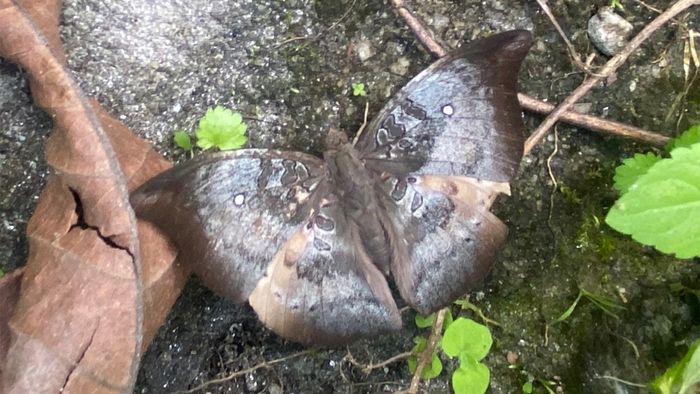Rare spotless baron butterfly spotted in Sikkim's Dzongu after six years
A rare spotless baron butterfly was spotted in Dzongu after six years, confirmed by experts. Conservationists stress the importance of protecting its habitat to preserve biodiversity in Sikkim.

- Oct 24, 2025,
- Updated Oct 24, 2025, 12:23 PM IST
A rare butterfly species, the Spotless Baron (Euthalia recta), has been photographed in Dzongu, North Sikkim, by nature conservationist Sonam Wangchuk Lepcha, marking its return after a five-year absence. The first recorded sighting in Sikkim was on October 29, 2019, also in Dzongu. The recent observation on October 19, 2025, highlights the region’s ecological richness and reinforces its status as a biodiversity hotspot in the Eastern Himalayas.
The Spotless Baron is known for its elusive behaviour and the absence of the white spots found on its close relatives, making every sighting particularly significant for lepidopterists and conservationists.
Meanwhile, Arunachal Pradesh Deputy Chief Minister Chowna Mein attended the 2nd Wakro Butterfly Meet, part of the 8th Northeast Butterfly Meet at Kamlang Tiger Reserve and Wildlife Sanctuary.
He praised the efforts of the Kamlang Valley Nature Club, the Butterflies of North Eastern India Group, and volunteers working to conserve the state’s butterfly diversity and promote eco-tourism.
“Butterflies are integral to our ecological balance. Events such as the Namdapha Butterfly Meet and Ziro Butterfly Meet have inspired conservation awareness across the Northeast. It is encouraging to see similar enthusiasm at Wakro, especially among young people who are emerging as custodians of biodiversity,” Mein said.
The Deputy Chief Minister also announced plans to develop a Nature Trail and an Angling Spot in Kamlang to encourage responsible tourism and support local communities. He outlined a long-term vision for a Butterfly Park in a remote area of Arunachal Pradesh, aimed at research, conservation, and eco-tourism, while ensuring ecological sensitivity.